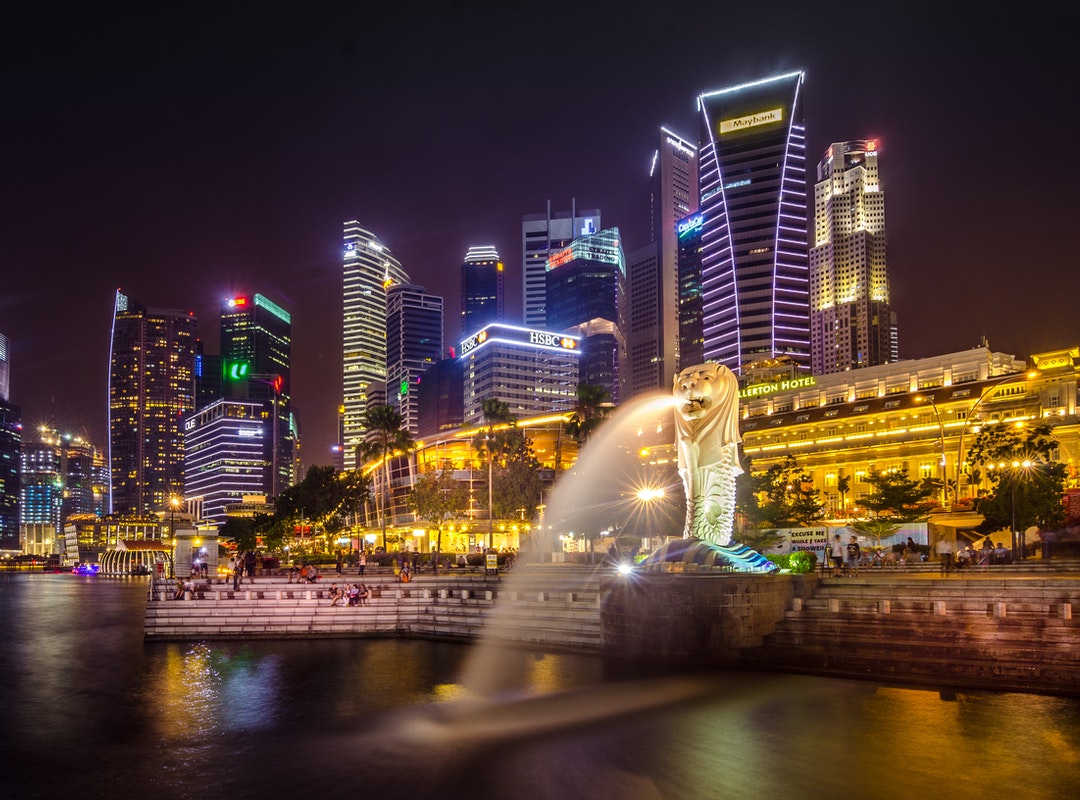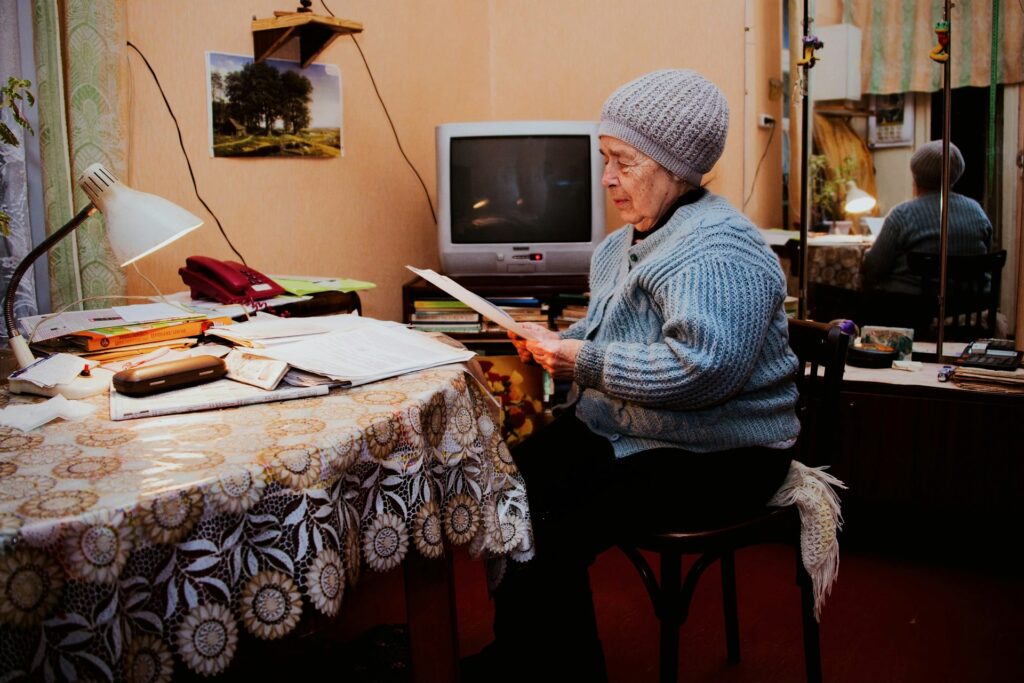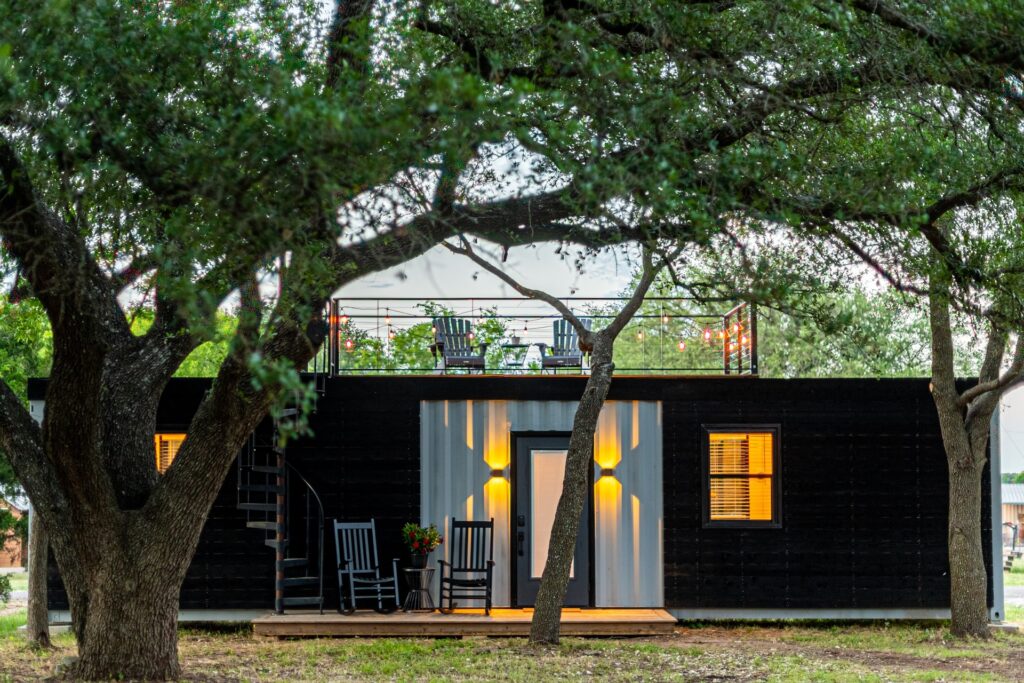
We are reader-supported. When you buy through links on our site, we may earn an affiliate commission.
Smart cities are becoming more popular as technology continues to drive innovation. They focus on public safety, housing, green spaces, transportation, mobility, digital literacy, socioeconomic status in addition to so much more. It’s hard to pin down precisely what a smart city is. However, the city ultimately uses smart technology to improve the quality of living. For Singapore, technology and proper governance have made it the smartest city in the world.
Singapore is a progressive city-state, operating independently and sufficiently with smart technology. City officials focus on all aspects of life — from transportation to clean energy to public housing. Connectivity, collaboration, automation and transportation are just some of the main areas that the city hones in on.
With such a broad range of integrations, it’s fitting that Singapore ranked as the smartest city in 2019. The city spent $1 billion on smart city innovations last year, with data-driven public safety, sustainable energy, economic developments and infrastructure as primary areas of development. Those developments have continued into this year, paving the way for the city to remain a leader. Here is how Singapore is staying on top.
Healthcare
One of the most critical factors for any society is healthcare. All community members must have full access to healthcare for any reason. It must adapt and change throughout the years to meet the needs of the population. Singapore tends to those needs.
With its HealthCity Novena program, Singapore creates different visions for health as well as health care across the board. Whether it’s education or mental and physical care, the city aims to cover it all — for everyone.
The vision ultimately entails an interconnected community of healthcare facilities. In this setup, patients and healthcare practitioners could navigate from building to building, enjoying the green space outside, and leaving their cars in underground parking for the most optimal atmosphere. Investing in this tech project has been a central focus of the city.
Green Space
Though the healthcare community will require sufficient green space, the concept applies to the whole city on many different levels. First, Singapore is aiming to be the greenest city in the world. That may sound ambitious, but with the city’s motivation and smart tech advancements, it’s possible. In fact, by 2030, Singapore hopes to have 80% of buildings achieve greener standards.
Cheong Kool Hean was the first woman to pioneer the Urban Development Agency in Singapore and is now the CEO of the Housing and Development Board. As an architect and urban planner, Cheong helped shape the city’s landscape as it is today.
She worked on blue and green spaces to increase biodiversity across the city with plants, trees, rivers, ponds and public parks. From these developments, the city has become a greener place to live.
Virtual Singapore
As the smartest city in the world, Singapore’s officials have an innovative way of visualizing the city. Virtual Singapore is a 3D city model that uses data to allow collaboration, planning, decision making, research and access to services.
Through its 3D modeling, experts can work on projects for transportation, urban networks like parks, visualization and urban planning. With this smart technology, anything can become a vision. Government officials and urban designers can work on ideas to improve the city on every level. Whether it’s new cycling lanes or green space, Virtual Singapore can turn visions into realities.
It also comes with analytics and data. From there, experts can work on city performance. For instance, it can track data from solar panels that professionals can then make adjustments with.
Mobility
The future of transportation is now — in Singapore, at least. Mobility has been the primary focus of the city for many years, and that momentum isn’t slowing down any time soon. The city understands that the best way to go about transportation is to look at it in conjunction with the city’s infrastructure. It must work with all forms of transportation, including walking and cycling.
To reduce emissions and encourage a healthier way to commute, Singapore introduced the Walk Cycle Ride initiative. This program provides city-wide benefits for residents that participate. It enforces the importance of public transportation, walking and cycling over cars. However, the city also focuses on electric vehicles and cleaner energy. In addition to quicker and more cost-effective ways to travel, the entire city operates more efficiently.
Housing
Housing is perhaps the foundation of why Singapore is so progressive with its smart city approach. Public housing isn’t as popular in other parts of the world, but Singapore embraces it. In fact, 80% of the population lives in public housing.
The housing setup integrates the living quarters with the rest of the community. People interact daily and keep self-sufficiency high. With the best affordable public housing, Singapore knows it can create a strong foundation to help its population thrive.
The interconnectivity of it all shows how well Singapore operates. This smart city is the best in the world for a reason — and it all starts with its public housing system. Then, the rest of the innovations follow suit, with tech-based ideas for everything to flourish.
Exploring Singapore, the Smartest City in the World
The underlying theme with each of these smart city initiatives is that the people benefit. Each program and innovation ultimately works to make sure that everyone has the best quality of living. It’s easy to understand Singapore is the smartest city in the world because it combines technology with community in the most helpful ways.










